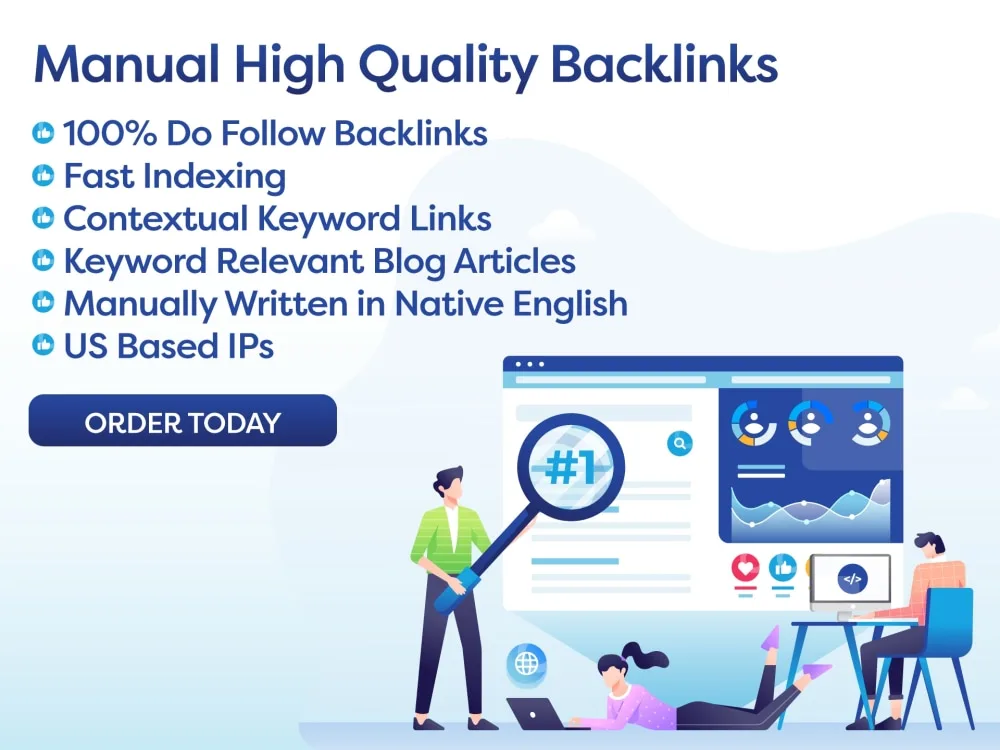Internal linking is a crucial aspect of SEO that involves linking pages within the same website to improve search engine ranking and user experience. By using descriptive anchor text and creating a hierarchical website structure, website owners can optimize their site for search engines and drive more traffic. Conducting an internal linking audit, creating a content plan with internal linking strategies, and monitoring performance are essential steps to improve SEO and traffic. Understanding the importance of internal linking, optimizing anchor text, and organizing content in a hierarchy can help website owners effectively boost their website’s visibility and search engine ranking.
Excerpt: Learn effective internal linking strategies to boost your website’s SEO and drive more traffic.
Introduction:
For SEO beginners, understanding the importance of internal linking strategies can be a game-changer for improving their website’s search engine ranking and visibility. Internal linking is a powerful SEO tactic that involves linking one page of a website to another page within the same domain. By strategically implementing internal links, website owners can help search engines navigate their site more effectively, improve user experience, and ultimately drive more traffic to their website.
Key Takeaways:
1. Understand the basics of internal linking: Internal linking involves linking one page on a website to another page within the same domain. By providing these links, website owners can help search engines discover and index their pages more efficiently. Additionally, internal links can help users navigate a website and find relevant content more easily.
2. Use descriptive anchor text: When creating internal links, it’s essential to use descriptive anchor text that accurately describes the linked page’s content. This helps both search engines and users understand the context of the link and improves the overall user experience. Avoid using generic anchor text such as “click here” and instead opt for specific keywords that relate to the linked page.
3. Create a hierarchical website structure: Organizing your website’s content in a hierarchical structure can help search engines understand the relationship between different pages and prioritize important pages for indexing. By strategically linking pages within your website’s hierarchy, you can improve the flow of link equity and enhance the overall SEO performance of your site.
Key Takeaways:
Understand the basics of internal linking:
– Importance of internal linking for SEO
– How internal linking helps search engines and users
Internal linking is a crucial aspect of SEO that involves linking one page of a website to another page within the same domain. By providing internal links, website owners can help search engines discover and index their pages more efficiently. Internal links also help users navigate a website and find relevant content easily.
Use descriptive anchor text:
– Importance of descriptive anchor text
– How to optimize anchor text for SEO
When creating internal links, it’s crucial to use descriptive anchor text that accurately describes the linked page’s content. By using relevant keywords in your anchor text, you can help search engines understand the context of the link and improve the overall user experience. Avoid using generic anchor text like “click here” and instead opt for specific keywords that relate to the linked page.
Create a hierarchical website structure:
– Benefits of a hierarchical website structure
– How to organize content in a hierarchy
Organizing your website’s content in a hierarchical structure can help search engines understand the relationship between different pages and prioritize important pages for indexing. By strategically linking pages within your website’s hierarchy, you can improve the flow of link equity and enhance the overall SEO performance of your site.
Action Plan:
1. Conduct a thorough internal linking audit of your website to identify any broken or irrelevant links that need to be fixed.
2. Create a content plan that includes internal linking strategies to ensure a cohesive link structure throughout your website.
3. Monitor the performance of your internal links using tools like Google Analytics to track the impact on your website’s SEO and traffic.
Conclusion:
In conclusion, internal linking is a fundamental aspect of SEO that can significantly impact your website’s search engine ranking and visibility. By understanding the basics of internal linking, using descriptive anchor text, and creating a hierarchical website structure, you can effectively optimize your website for search engines and drive more traffic. Implementing these internal linking strategies will help you create a more user-friendly website and improve your overall SEO performance.
FAQ:
Q: What is the importance of internal linking for SEO?
A: Internal linking is crucial for SEO as it helps search engines discover and index your website’s pages more efficiently, improves the user experience, and boosts your website’s search engine ranking.
Q: How can I optimize anchor text for SEO?
A: When creating internal links, use descriptive anchor text that accurately describes the linked page’s content. Avoid generic anchor text like “click here” and instead opt for specific keywords that relate to the linked page.
Q: What is a hierarchical website structure, and why is it important?
A: A hierarchical website structure organizes your website’s content in a structured way that helps search engines understand the relationship between different pages. This structure improves the flow of link equity and enhances your website’s overall SEO performance.

